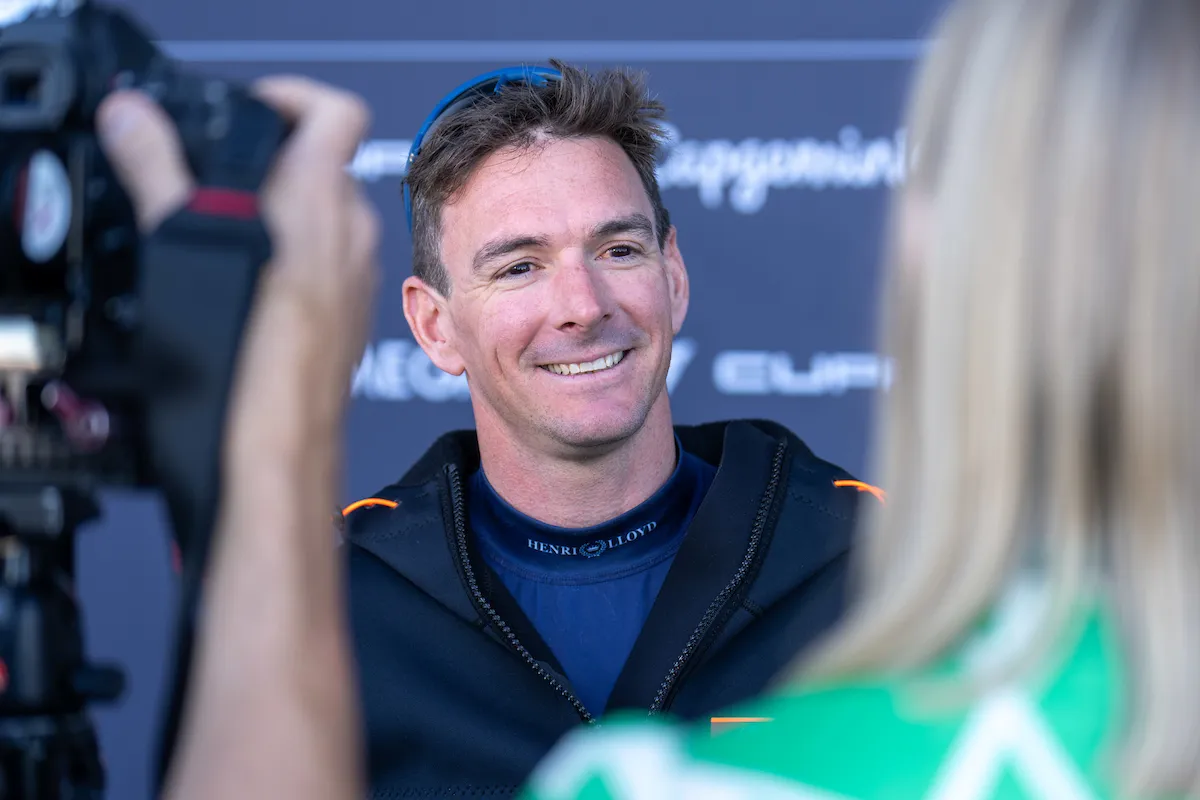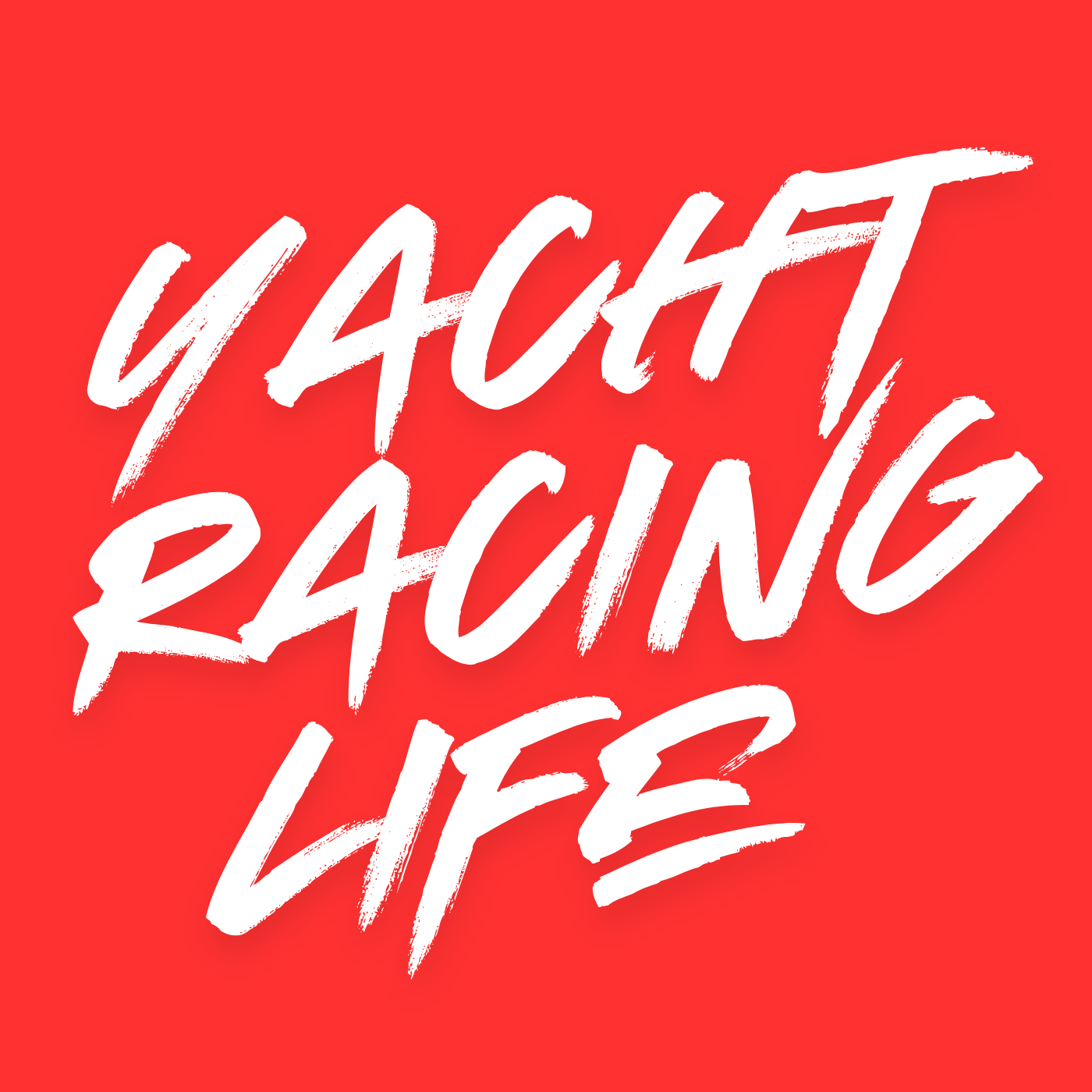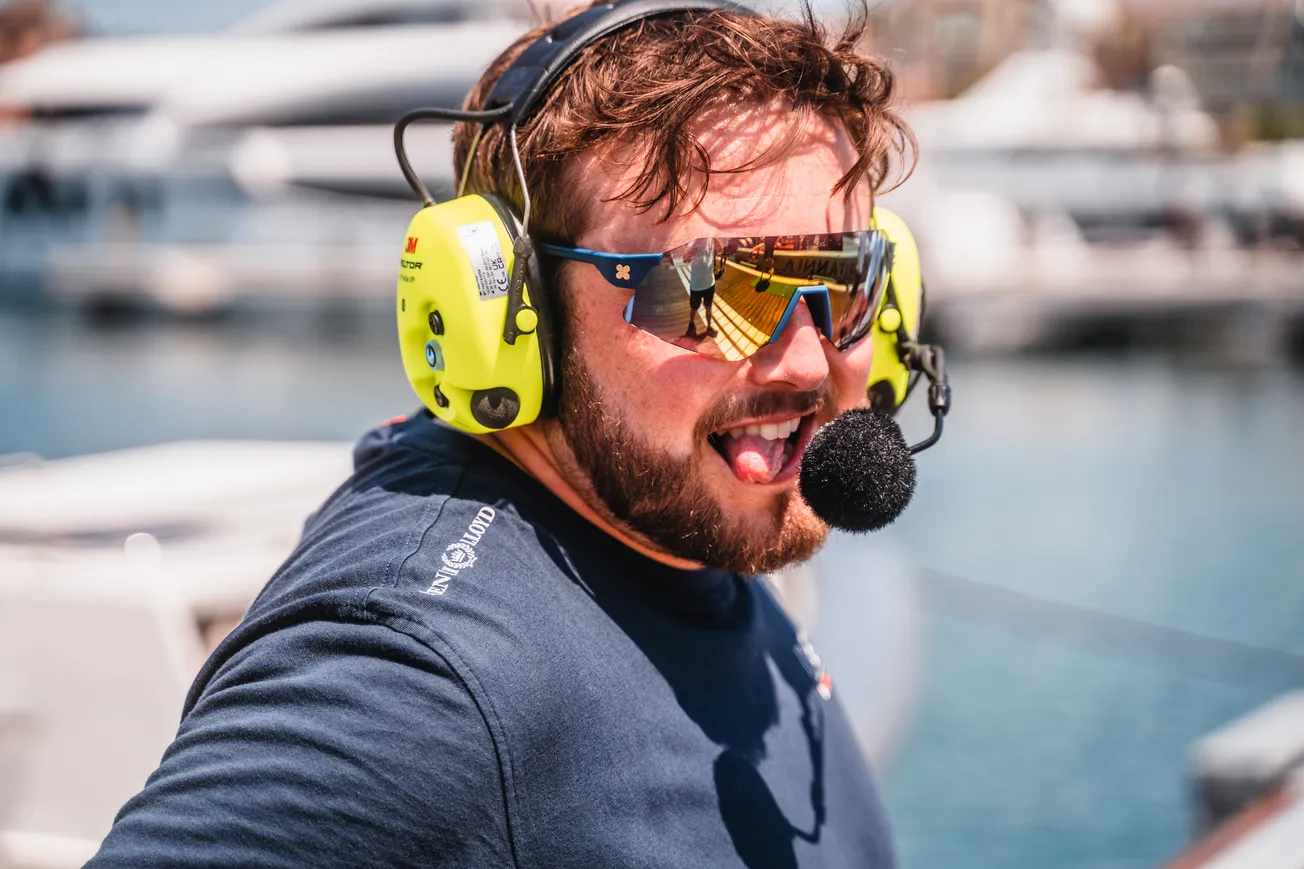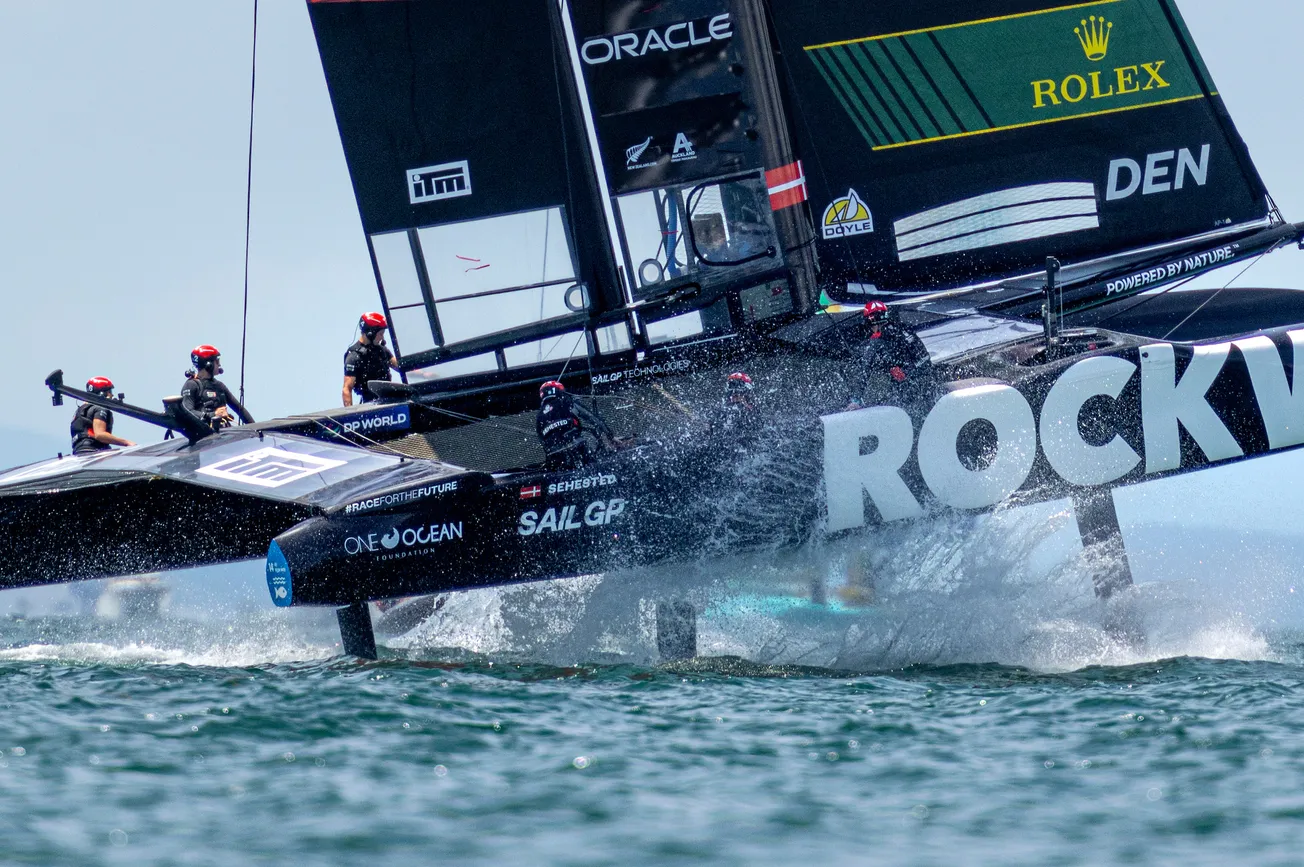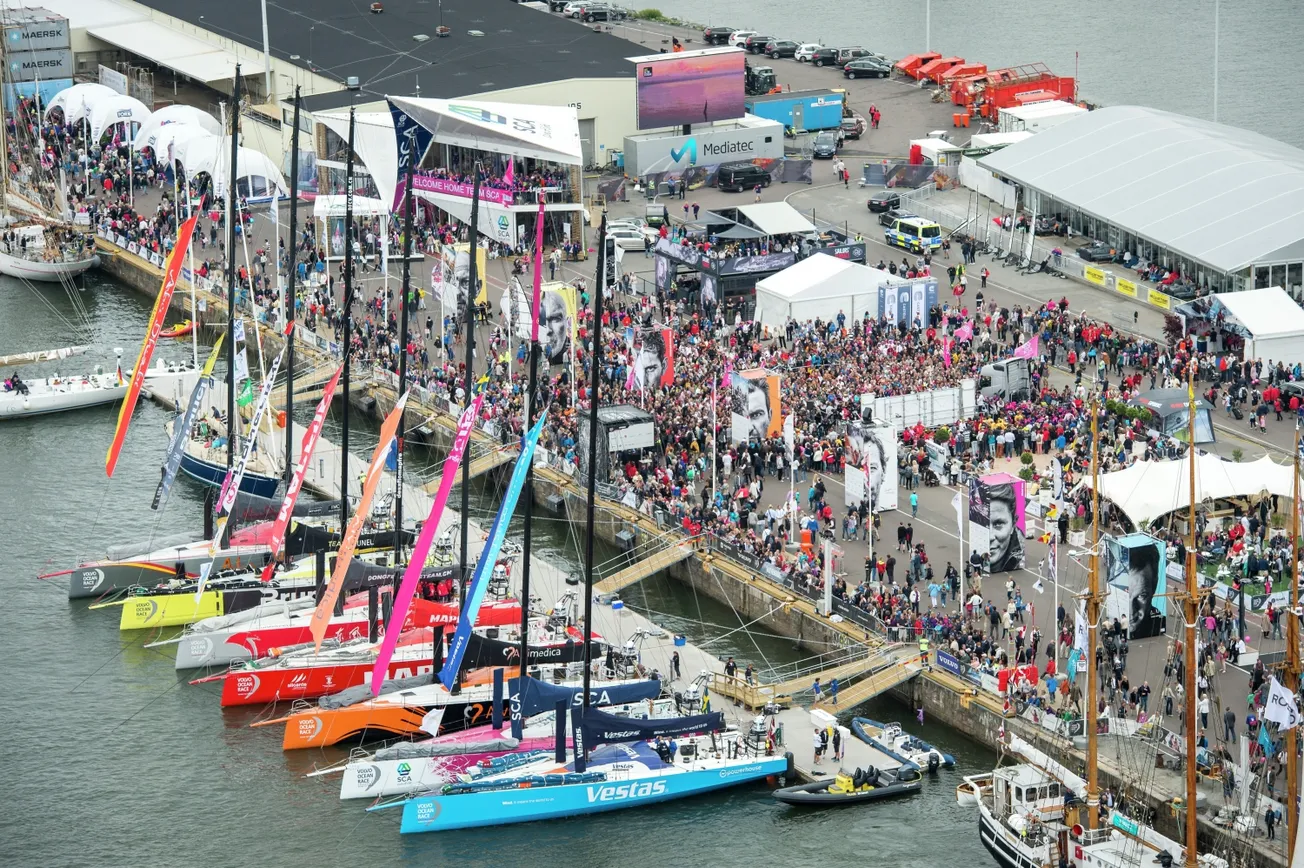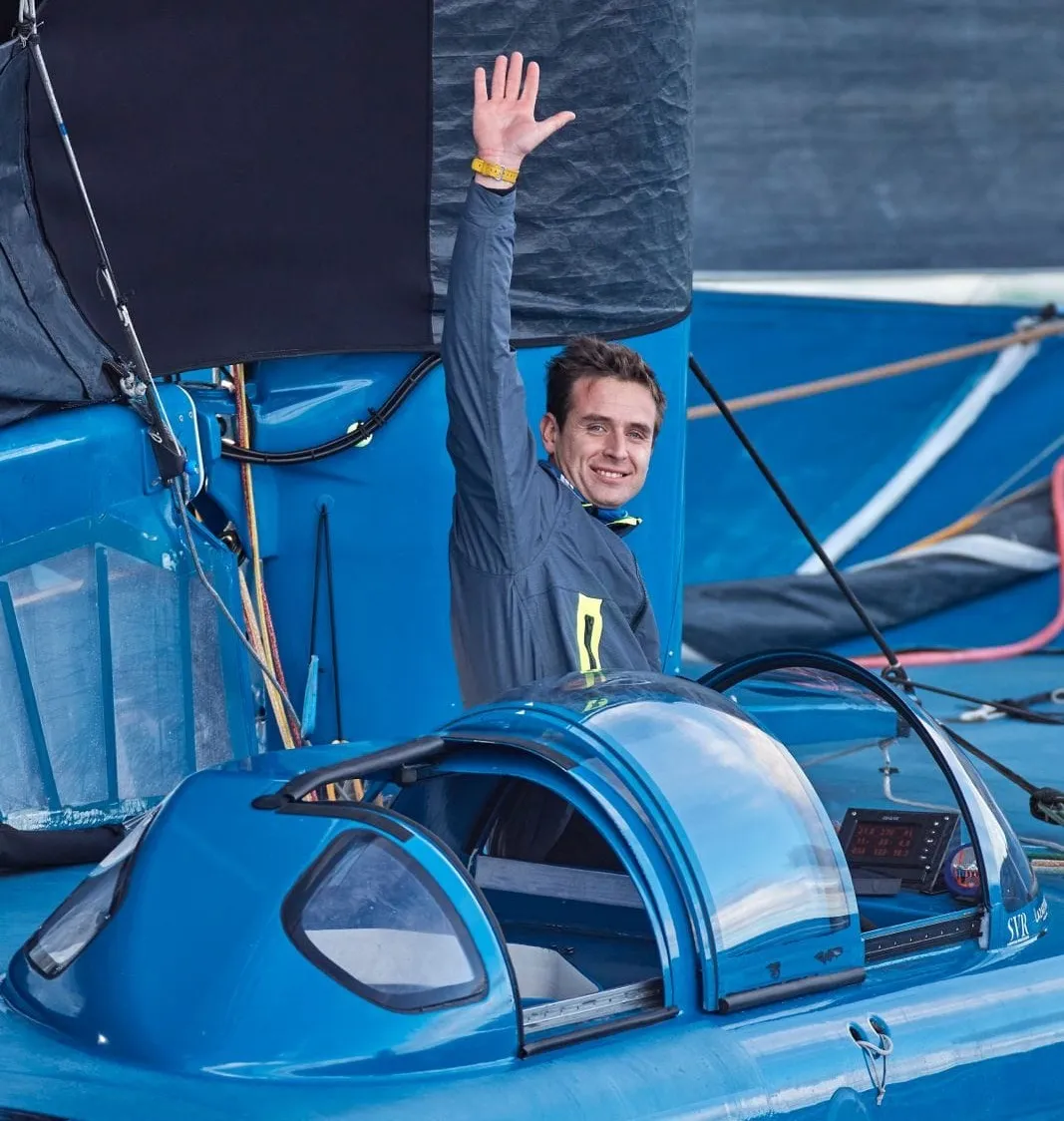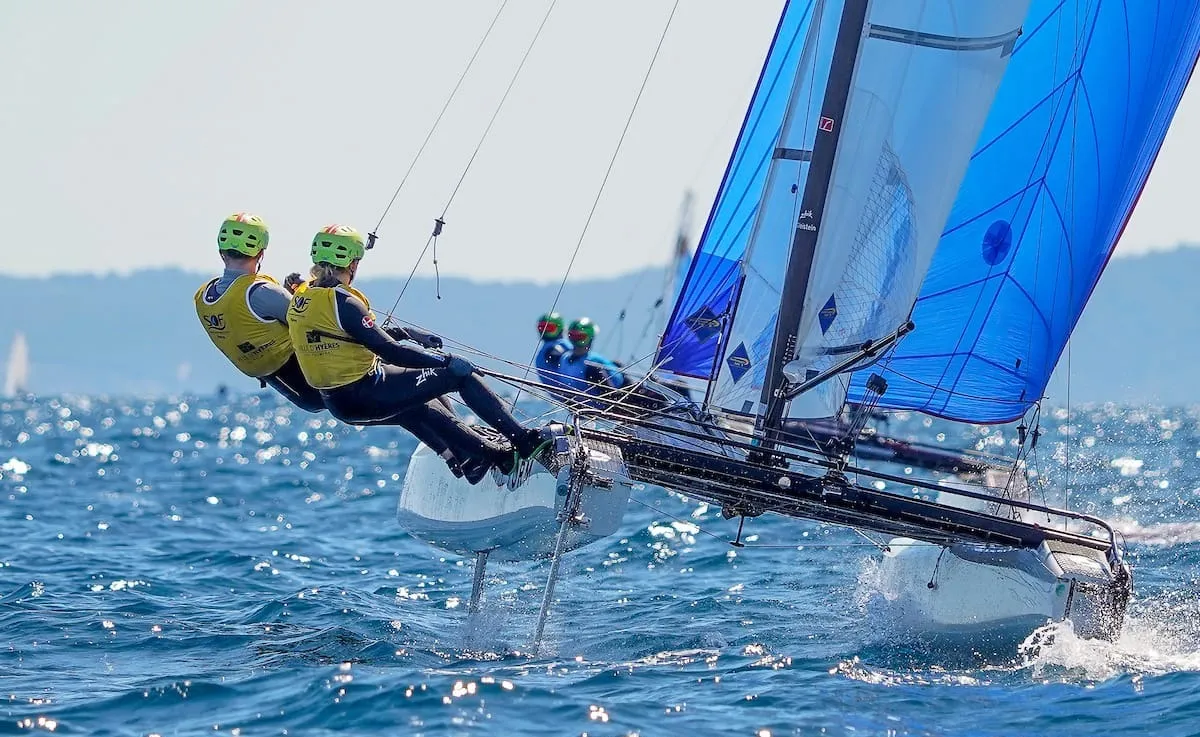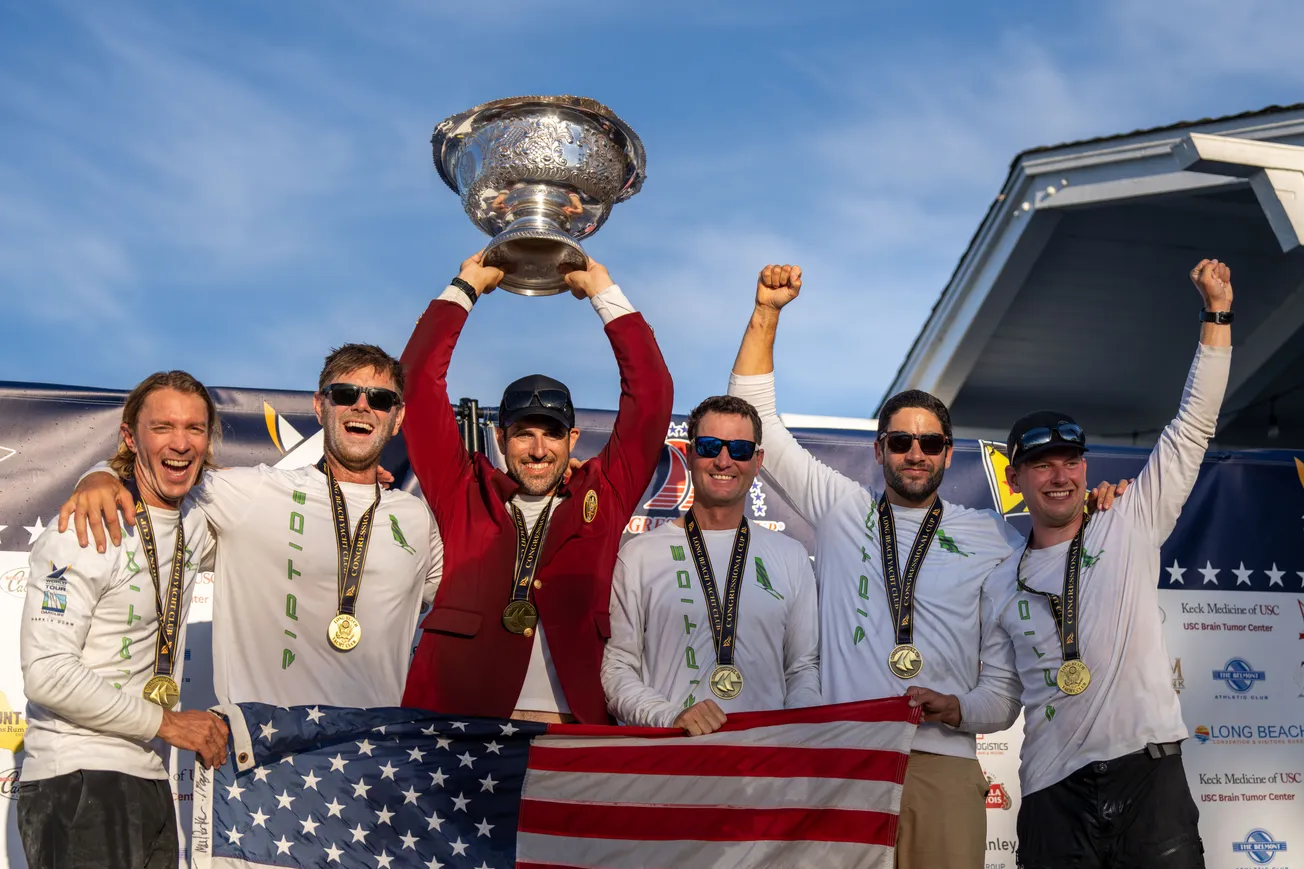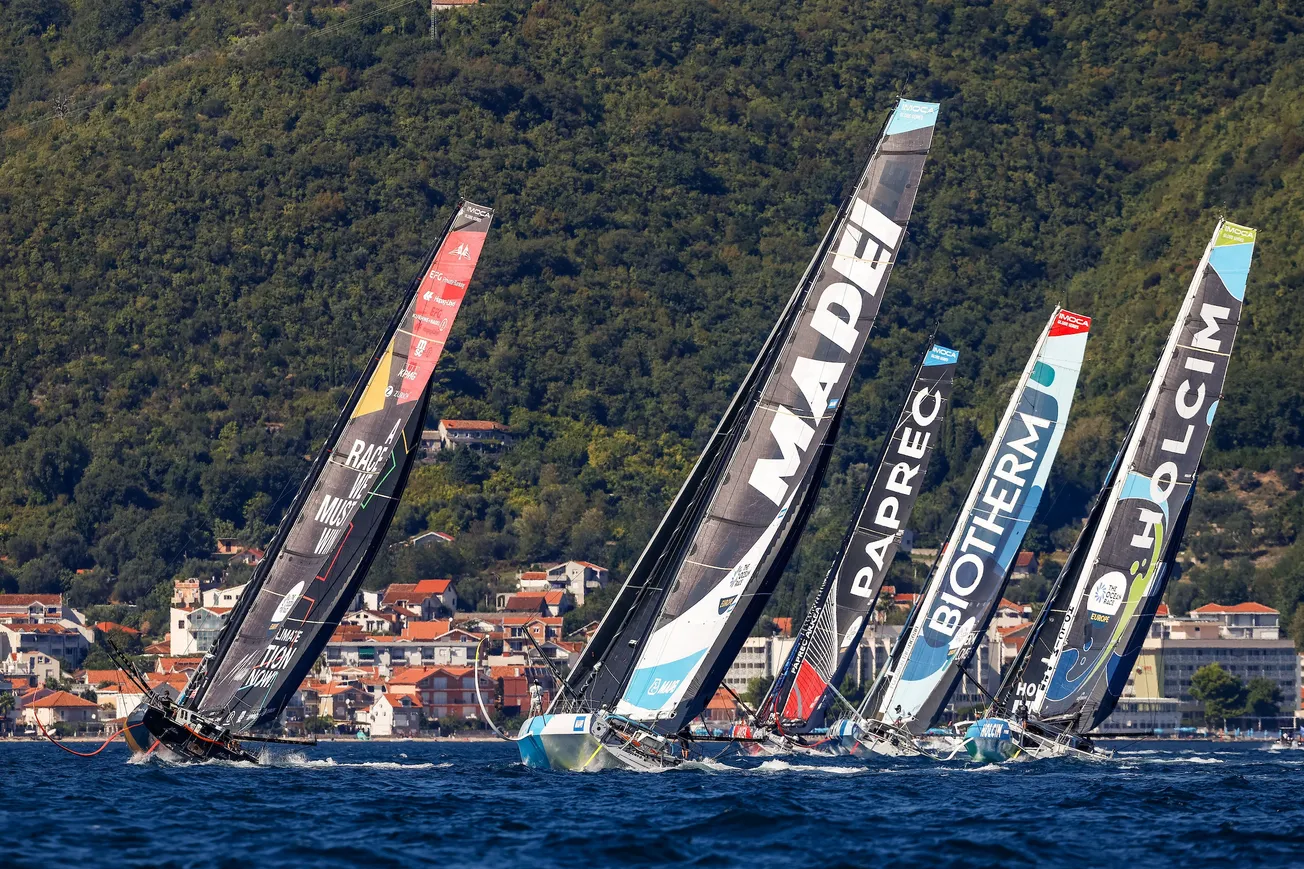Read Pt. 1.
While some Olympic gold medallists return home to a transformed life, Dylan Fletcher says that not much changed after he and Stu Bithell became Olympic 49er champions at Tokyo 2020.
“Obviously some things change, but life doesn't change as much as people may expect. When we lost the SailGP gig (see Part 1 of this story) both of us were really devastated by that. But we said to ourselves: ‘we just need to go and win a gold medal now and then we'll see what happens’. So we did. We got the gold medals. But, while there's no doubt that it made a massive difference, it still doesn't mean you're entitled to anything. The phone doesn’t suddenly start ringing. The hard work doesn't stop. You still have to do the hard yards.”
Fletcher turned his attention to the America’s Cup and set his sights on securing a spot with Ainslie’s Ineos Britannia syndicate for the 37th edition which was scheduled to be held in Barcelona, Spain in 2024. Having identified that “a ridiculous number” of the top name sailors in the America’s Cup had won the International Moth World Championship, he targeted the class’s 2022 Worlds in Buenos Aires, Argentina where he closed out the series at the top of the table by a 10 point margin.
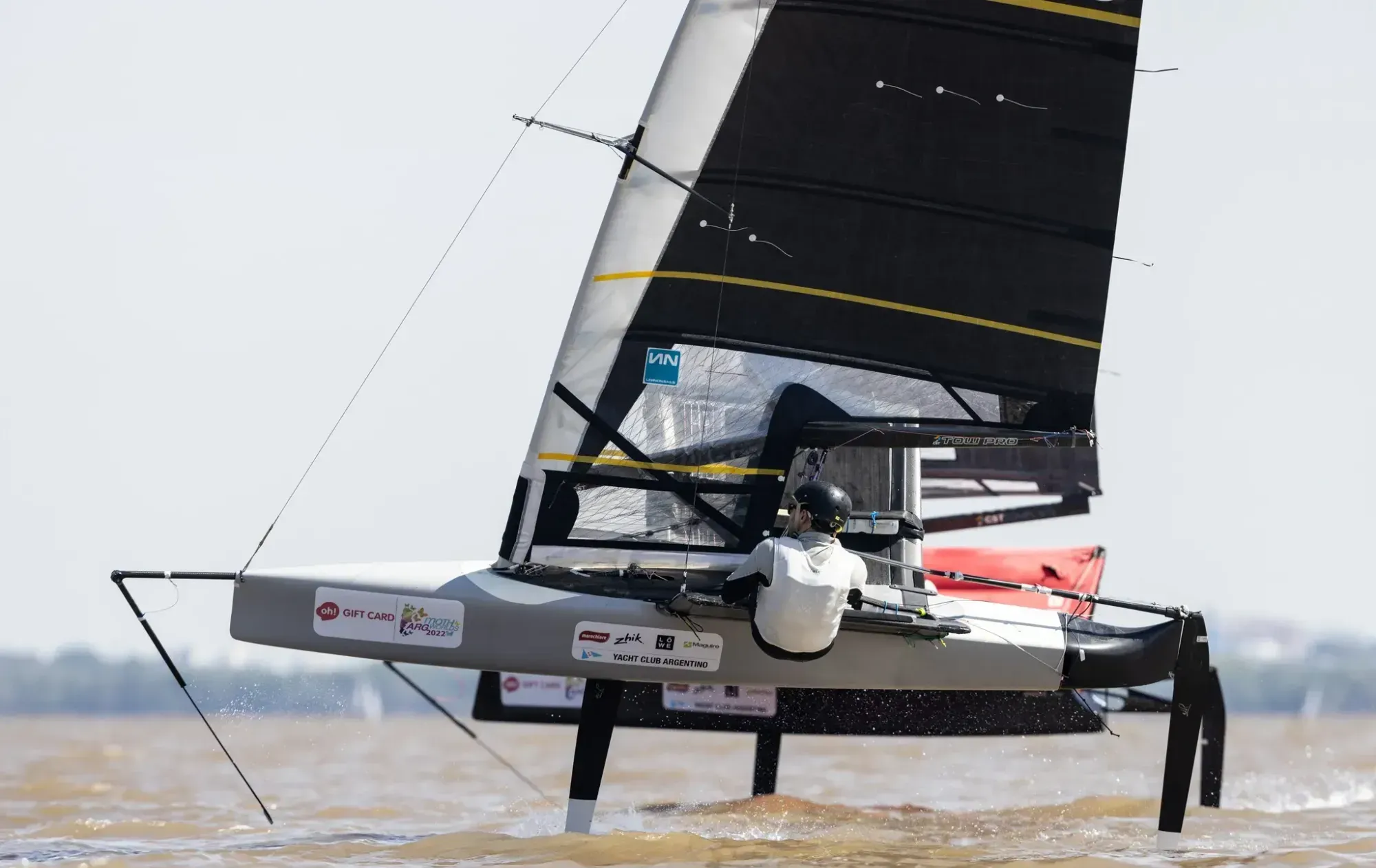
At the same time, in an effort to broaden his experience of the commercial side of professional sailing, Fletcher took a job with SailGP looking after VIP guests attending the events.
“I guess you could say I had to swallow my pride a little in taking on that role,” Fletcher says. “But it meant that I was at the events and I got to see the other side of the story and how SailGP runs commercially. I was definitely naive in Season 1 – thinking that none of that mattered and all I had to do was just go and win on the water, and then at some point the money would come. But that isn't how it works at all. You have to deliver the team commercially. You have to be good for the sponsors. You have to be able to deal with lots of other factors. So I learned a lot in that year by just watching how it actually plays on the other side.”
Fletcher’s first exposure to the America’s Cup was as an infant being bottle-fed by his dad in the middle of the night as he watched the 1998 America’s Cup from Fremantle, Australia on TV. Back then his father would say ‘Dylan’s going to helm an America’s Cup yacht one day’. However, his dream of competing in the America’s Cup actually began in the mid-2000s around the time he had started Olympic campaigning. He watched the 2007 America’s Cup in Valencia and instantly knew he wanted to be a part of it one day.
“I think the 49er helmsman at that point were a bit smaller than they are now and they were the lightest sailors on the boat that would go up the mast in light winds and kick the battens across, spot the breeze, and feed information into the tactics. I thought to myself, that’s what I want to do when I finish my 49er sailing. Luckily for me America’s Cup boats developed into being a bit more in my wheelhouse as a helmsman.”
Having successfully pestered Ben Ainslie into giving him a trial with the British America’s Cup team for AC38 (see Part 1 of this story) Fletcher was understandably delighted. But he also found himself under a lot of pressure as he tried to acclimate himself to the organisation.
“It felt like a bit of a dream to finally be there, where I knew I needed to be. But I also felt a lot of pressure. I hadn't been involved in an America's Cup before and I didn’t really know how to operate inside such a big team. It was all a steep learning curve.”
With Ainslie away at a SailGP event and the America’s Cup team keen to launch their brand new AC40, Fletcher was called in to helm alongside sailing team manager Giles Scott.
“I will never forget that first sail in the AC40 and just how fantastic it was. It’s an incredible boat. I remember it all felt very normal in that I got the same feelings that you get from the 49er and the Moth.”
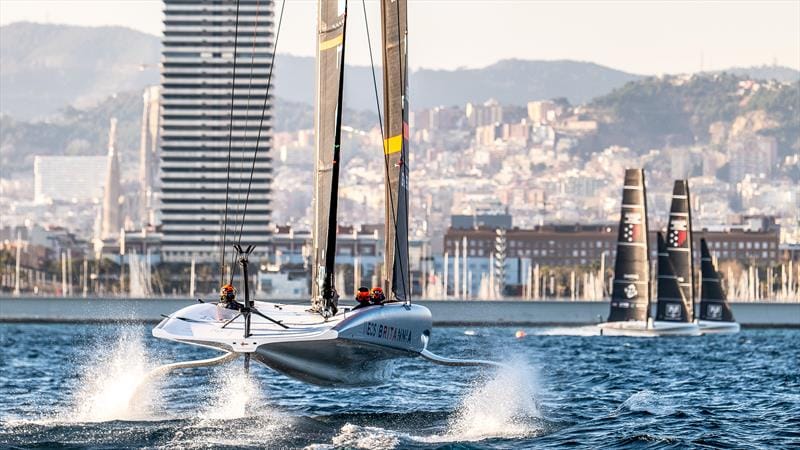
After successfully completing a one-week trial, Fletcher was offered a part-time job with the team. That was soon upgraded to a full-time position with Fletcher taking on other key roles within the team – including managing the masses of data on what the other teams were up to that came in daily from the America’s Cup shared reconnaissance programme. As the campaign progressed Fletcher worked hard to prove his worth, both at the wheel and on shore. With the commencement of racing in the 37th America’s Cup looming large Ainslie had a tough choice to make to decide whether Gilles Scott or Fletcher would be his co-helm when the regatta began.
When Fletcher was called to Ainslie’s office to be told he would be helming in the America’s Cup the call up came as a considerable surprise.
“I was gobsmacked when he told me,” Fletcher recalls. “I was of course very happy to be asked to do it and I felt very proud of the campaign and what the team had achieved up to that point.”
The Britannia crew made history in Barcelona by winning the Louis Vuitton Challenger Series to become the first British team to secure a place in an America’s Cup Match. Perhaps the best racing came in that final of the Louis Vuitton Cup when Ainslie and Fletcher outgunned the perceived favourites – Italy’s Luna Rossa Prada Pirelli, helmed by Jimmy Spithill and Francesco Bruni. Fletcher remembers the elation in the team after knocking the Italians 7-4.
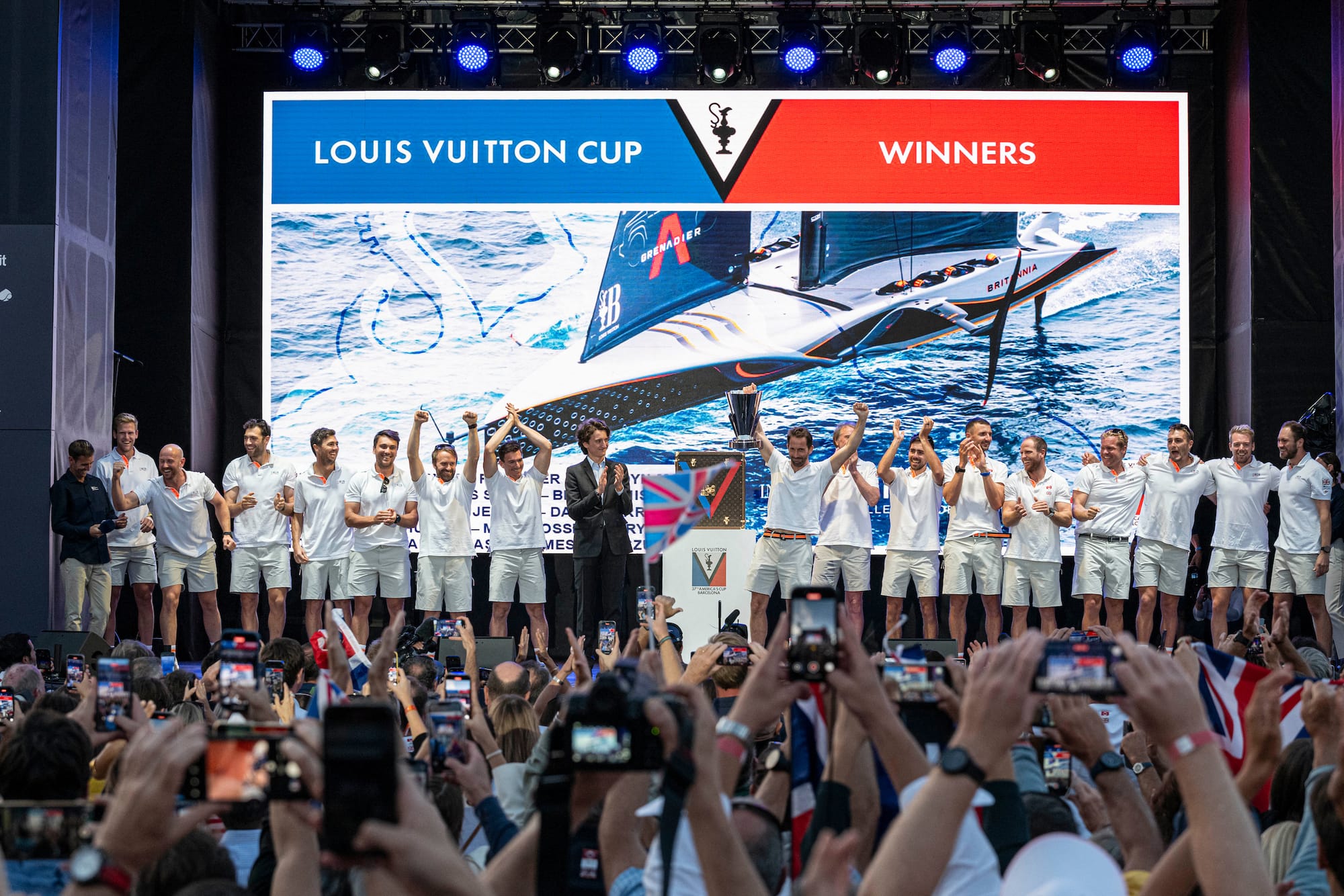
“The racing was incredible with Luna Rosa in that challenger final. I remember not really quite realising the impact initially. To be the first British boat in the Match for 60 years, and I don't think a British boat has ever won the Challenger Series before. So to achieve that was incredible.”
The team made continuous performance gains throughout the LVCS and these were matched by increasingly assured crew work and tactics on board the British AC75. Key to that continuous improvement was the fast developing relationship between Ainslie and Fletcher around the racecourse. Despite having been chosen to helm, Fletcher knew he still had a lot to learn – and was in no doubt about his supporting role to Ainslie on the boat.
“My thought process was all about how I could best fit in with Ben. How can I be the right person for him to have on the other side of the boat? I knew that ultimately he was the lead decision maker. That’s not to say there weren’t still plenty of times when I made decisions. I was focused on really understanding the communication style that I needed to use with him. To be the sort of person Stu was to me in the 49er: that sort of safe, solid, composed person that's always consistent and could allow him to have that spark to deliver his best performance.
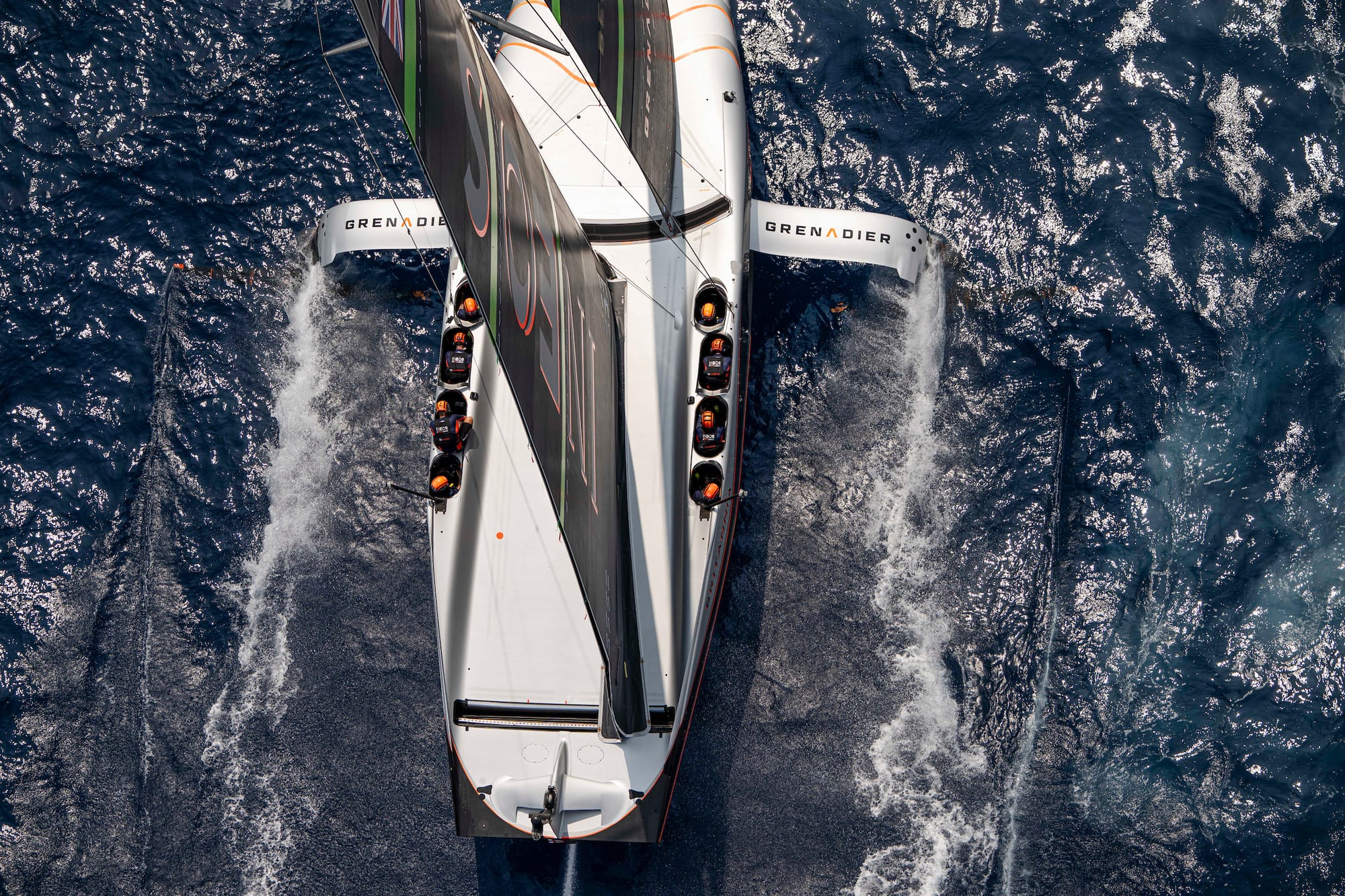
He also knew that he was new to the match racing world.
“Ben is ruthless on the water. That’s why he's such a successful sailor. I learned so much from him on the match racing side. Ian Williams (the team’s starting coach and a multiple match racing world champion) was critical in helping us learn how to match race in these [AC75] boats, There had been quite a progression from Auckland [at AC36] to Barcelona in just how hard we were all pushing these boats in the pre-start.”
Having made it through to the AC38 Match the British were ultimately defeated by the Defender Emirates Team New Zealand. The scoreline was 7-2 with the two British wins coming in windier bumpier conditions. Asked if a few more days of those conditions might have produced a different result, Fletcher says he is unsure.
“I guess we’ll never know. In the beginning we were clearly being significantly outgunned in the racing, mainly because they were tacking so much better than us. But by the final race – which was incredibly close – we had made some big gains. A big part of the problem is that they had been able to study all of our data from our final with the Italians in the Louis Vuitton Cup. That was all available online and they could look at the onboard footage too. Whereas we had absolutely nothing on them until we started racing them in the Match. Then we could see their data and learn where they were better or we were better. In the end it’s the America’s Cup – and that’s always tipped in favour of the Defender.”
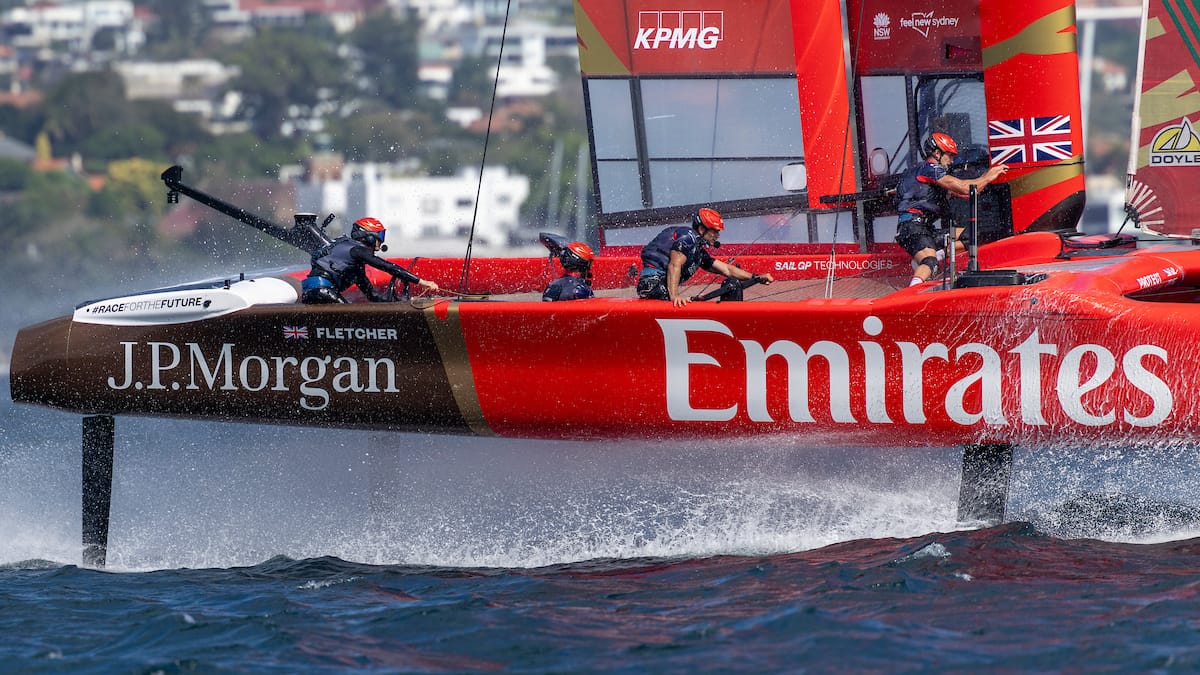
With his first America’s Cup behind him, Fletcher found himself making a long-dreamt-of return to SailGP after Ainslie tapped him to skipper the Emirates Great Britain Team for Season 5 – replacing Giles Scott, who had replaced Ainslie during Season 4, but had defected to lead the Canadian Northstar team. Fletcher’s call up once again came as a surprise. Up until then he had been pitching Ainslie for a supporting role in the coaches’ booth.
Returning to SailGP Fletcher found the circuit much changed since his experiences way back in Season 1.
“It’s completely different to that first season,” he says. “Back then I think we had six boats and we did five events. And although the boats all looked visually very similar, the wings were all different. Plus we only sailed with five people. Now we've got 13 events and 12 boats – although we haven't really had 12 boats many times because inevitably there have been crashes. The level is so much higher than it was in that first season. The racing is so much closer. The boats are going faster. It's wild, but I absolutely love it.”
Now with an Olympic gold medal, a Moth world title, and an America’s Cup Match to his name, Fletcher too has changed since he last steered an F50 catamaran.
“There’s been a lot of change. When I look back at that first season I was very green. I have learned a lot of things – from a technical point of view, but also, more importantly, on the racing side. I feel like I have become much more composed, and my communication style is more consistent. I feel I am more consistent in the way I race now.”
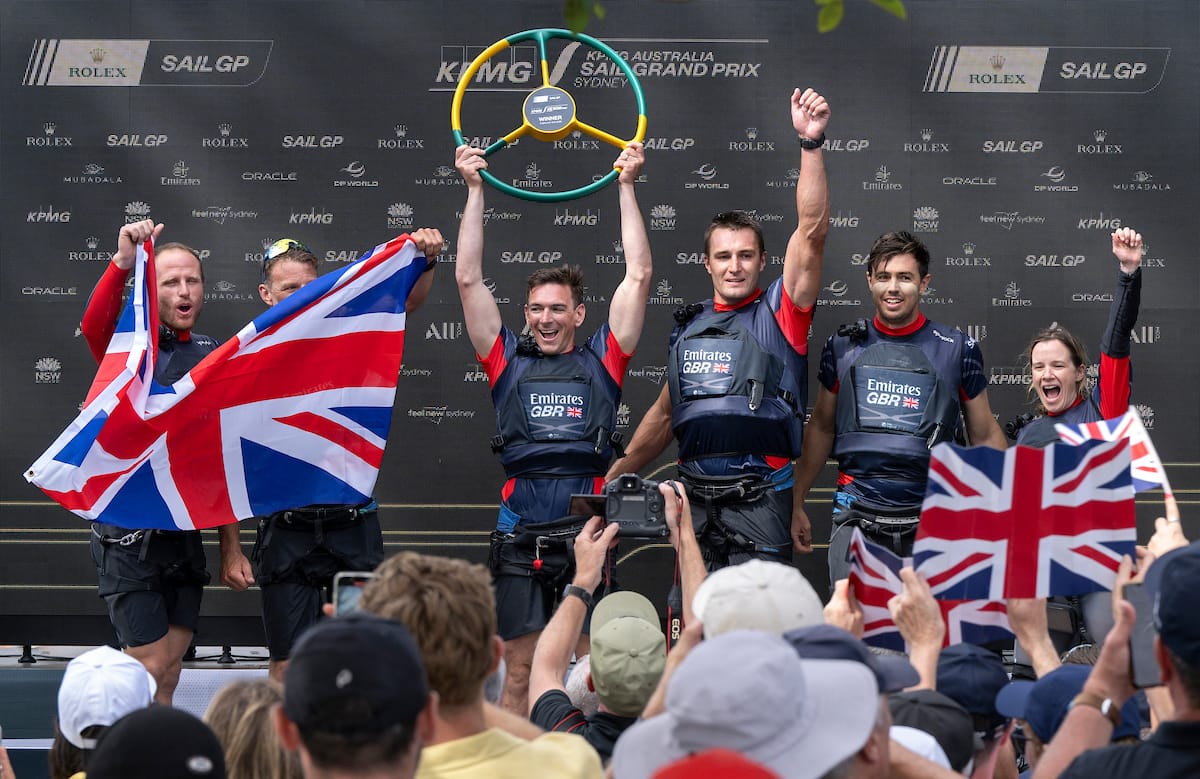
The British team have made a strong start to SailGP Season 5. A 2,3,4,1,7 scoreline from the first five events sees the British in second place in the overall standings. Fletcher has inherited a strong crew with the likes of America’s Cup teammates Luke Parkinson and Iain Jensen backing him up on flight control and wing trim, respectively. Fletcher’s relationship with strategist Hannah Mills also looks to be paying dividends. The pair know each other from the RYA Olympic Development Squad and have coach Joe Glanfield in common.
“Maybe because of the work we have both done with Joe, I think our communication styles are very similar,” Fletcher comments. “I really trust Hannah a lot. She has so much more SailGP experience than me, having sailed with Ben and Gilles. I make sure I get her opinion as much as possible.”
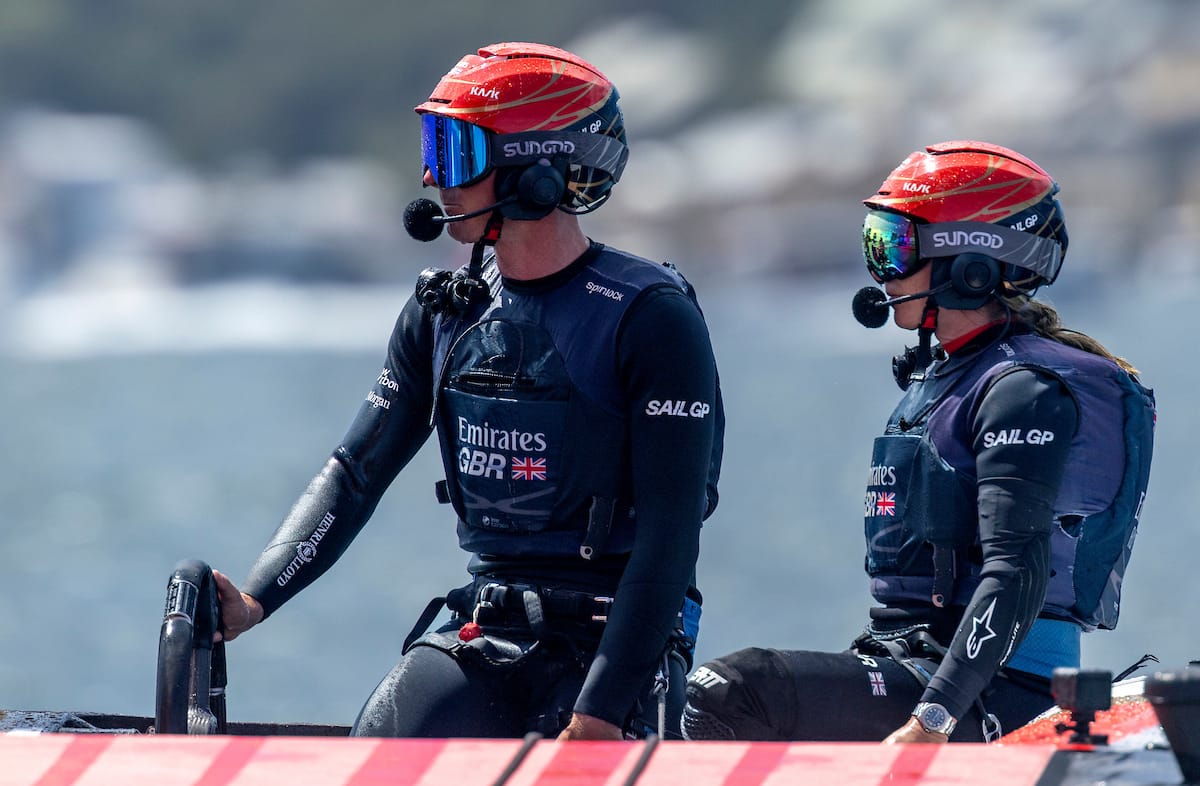
What, then, does the future hold for Dylan Fletcher?
“Well a couple of SailGP championships and maybe one or two America’s Cups sounds good,” he responds with a laugh. “Where I am now is way beyond anything I could have imagined – even just four or five years ago.”
For now though he is focused on the current SailGP season and the circuit’s return to action after a few weeks of downtime caused by the remedial work that needed to be done to the entire fleet’s wingsails. Looking back over the season, he takes most satisfaction from the event win in Sydney, Australia.
“I felt a huge sense of relief when we won in Sydney. It felt good to finally get that first SailGP event win ticked off. I am just really proud of where we are as a team in the overall season and I’m really looking forward to getting back racing in New York.
We are obviously all very excited to be back racing in Portsmouth [UK]. I am hoping we can out do the number of fans that we saw pack the grandstand in New Zealand. That was an incredible event and we are hoping we can go one better with the British fans in Portsmouth.
Get all areas access to Yacht Racing Life with a Full Membership free 30-day trial. There's no obligation and you can cancel at anytime.


